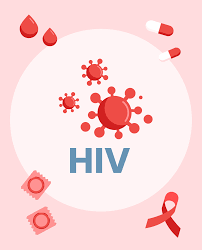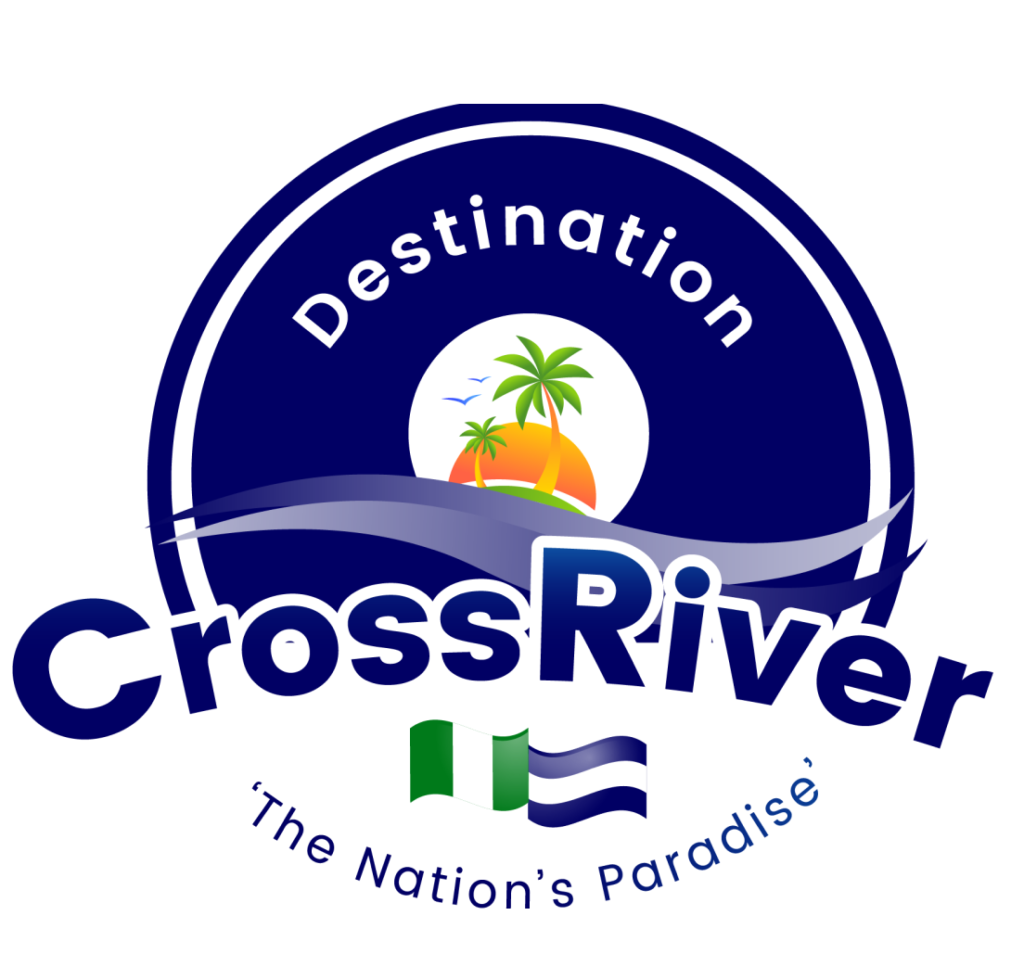A night of passion or sexual violation (rape) without protection. The next morning brings anxiety—what about HIV? For many, this worry can feel like a ticking time bomb. The fear of infection can overshadow every moment, and the “what-ifs” don’t stop coming. But what if there was a way to protect yourself, even after exposure? Enter HIV prophylaxis: PrEP and PEP.
While most people know about condoms, STI treatments and perhaps pregnancies prophylaxis, few realize there’s a preventive measure that can shield them from HIV—even after unprotected sex. These game-changing tools are transforming the way we think about HIV prevention, offering hope, protection, and peace of mind to millions around the world.

What Is HIV Prophylaxis?
HIV prophylaxis refers to medical emergency interventions designed to prevent the virus from infecting the body. Two types exists:
1. PrEP (Pre-Exposure Prophylaxis):
PrEP is a daily pill taken by HIV-negative individuals to reduce their risk of infection before exposure to the virus. It’s particularly recommended for people who are at higher risk, such as those in relationships with HIV-positive partners or individuals with multiple sexual partners e.g men who have sex with men (MSM), commercial sex workers etc.
Think of PrEP as an umbrella: you use it proactively to avoid getting drenched when the storm hits. In this case, the storm is potential exposure to HIV.
2. PEP (Post-Exposure Prophylaxis):
PEP is an emergency treatment taken after potential exposure to HIV. It involves a 28-day course of antiretroviral medications that must be started within 72 hours of exposure to be effective.
If PrEP is an umbrella, PEP is the raincoat you grab when you’re caught off-guard in a sudden downpour. It’s your safety net after an unexpected risk. This can benefit rape victims.
Both PrEP and PEP are highly effective when used correctly, offering a powerful layer of protection against HIV.
Why Don’t More People Know About This?
Despite their effectiveness, PrEP and PEP are not as widely known as they should be. Here’s why:
* Misinformation: Many people still believe HIV prevention is limited to condom use or abstinence.
* Stigma: Conversations about sexual health and HIV remain taboo in many communities, preventing open discussion. High-risk groups such as MSM, commercial sex workers, rape victims, re subject to high levels of discrimination in some part of the world, especially Africa, which contributes prevalence of the disease.
* Accessibility Issues: In some regions, HIV prophylaxis is either unavailable or inaccessible due to cost or healthcare infrastructure challenges.
* Cultural beliefs: Some culture believe that the HIV/AID is a myth with no basis in their indigenous communities.
* Fail or Poor Healthcare Systems: Under trained service providers, poor working conditions, and inadequate remuneration are key drivers of poor attitudes and practices towards HIV prevention, since it fuel ignorance.
* It’s not just about the availability of these tools—it’s about creating awareness and breaking the stigma that surrounds their use. Everyone deserves the chance to protect themselves.
It’s not just about the availability of these tools—it’s about creating awareness and breaking the stigma that surrounds their use. Everyone deserves the chance to protect themselves.
How Does It Work?
Understanding how PrEP and PEP work can demystify their effectiveness:
PrEP: This medication contains antiretroviral drugs that stop HIV from replicating in the body. By maintaining a steady level of these drugs in your system, PrEP can block the virus before it takes hold. Common examples are Truvada and Descovy
PEP: This treatment works similarly but is designed for post-exposure use. The intensive, 28-day regimen halts HIV replication during its initial stages, preventing the virus from spreading in the body. Common examples of medication used as PrEP and PEP are TLD, TLE, Truvada and Descovy. Your doctor knows which is best for you.
When taken as prescribed, PrEP reduces the risk of acquiring HIV through sexual contact by up to 99%, and PEP can be up to 80% effective if started within the recommended timeframe of 72 hours (three days)
Who Can Benefit?
Prophylaxis is for anyone who wants to take control of their sexual health, but certain groups can particularly benefit:
* Partners of HIV-positive individuals.
* People who frequently have unprotected sex or have multiple partners, including MSM.
* Sex workers and individuals who inject drugs.
PEP: Suitable for anyone who has had a potential exposure to HIV, such as:
* After unprotected sex with a partner whose HIV status is unknown.
* Survivors of sexual assault (rape).
* People who have shared needles or other drug-injection equipment.
Prophylaxis isn’t just for a specific group—it’s for anyone who values proactive healthcare and wants to stay protected.
Access and Cost
In Nigeria, you can access PEP and PrEP at any Comprehensive Primary Healthcare Centre, clinics, and some pharmacies. Many public health organizations and NGOs also provides these medications, often at little to no cost.
Call to Action
Protect Yourself and Spread the Word. Prophylaxis is a game-changer, but it can only save lives if people know about it. Start by protecting yourself, and then spread the word.
The fear of HIV doesn’t have to overshadow your life or anyone else’s. By embracing tools like PrEP and PEP, we can shift the narrative from fear to empowerment. Share this knowledge—someone you know might need it more than you realize. Together, we can reduce the stigma, increase awareness, and create a world where HIV prevention is accessible to all.
~~Umet God’sgift (Gee writes)


